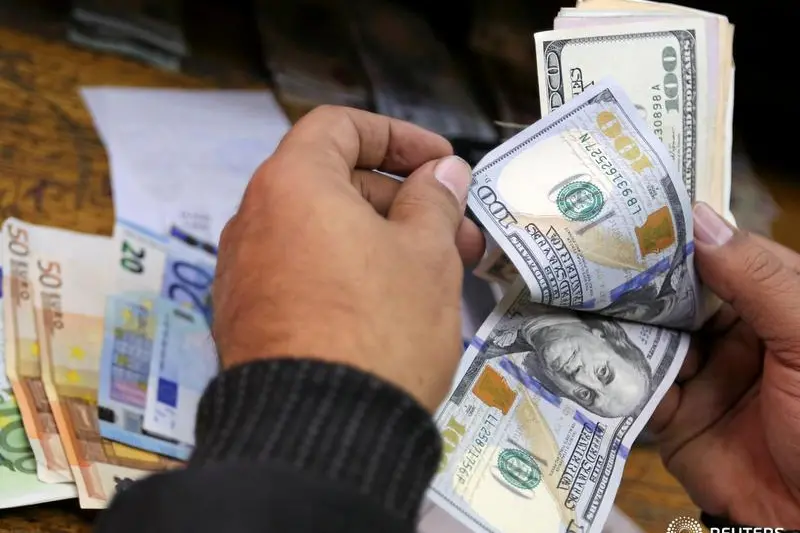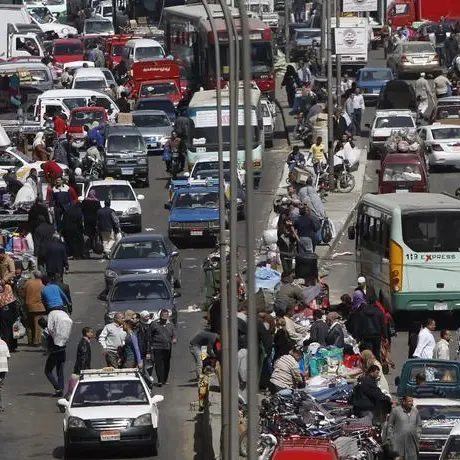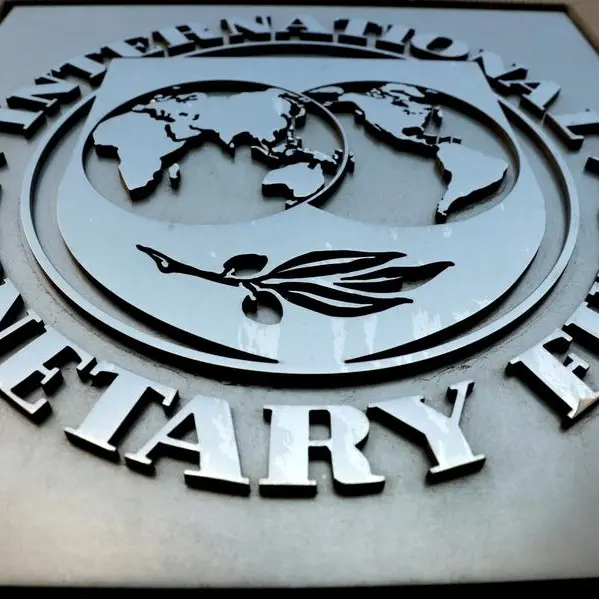PHOTO
Even before the coronavirus pandemic, funds sent home by migrant workers were a lifeline for tens of millions of families and dependents, and a crucial source of income for developing world governments. At $550 billion, remittances in 2019 were greater than all foreign direct investment into low and middle-income economies, and more than triple the development aid from Organization for Economic Co-operation and Development (OECD) countries.
The global economy is facing a major downturn, and should tensions between the US and China persist, recovery will be painful and slow. For wealthier nations, strong safety nets, unemployment benefits and even direct payments can dampen the worst of the effects. Low and middle-income countries are not so fortunate, especially since uninterrupted remittance inflows are a crucial buffer that allow families, normally subsisting on a few dollars a day, to meet unexpected expenses and possibly invest in better futures.
The remittance safety net is under threat from job losses in sectors heavily dependent on migrant labor, and any proposal that the G20 nations maintain remittance flows would probably meet with derisive laughter; it would be tantamount to demanding that foreign countries bankroll the developing world’s non-existent safety nets. So the question is, what can be done?
There is an undeniable connection between stimulus programs in remittance-sending economies and the recovery of remittance flows, which the World Bank estimates will decrease by as much as 20 percent this year. Remittance sources can boost this recovery, in lockstep with debt relief and negotiated restructuring programs.
First, they could classify remittances as an essential service. Transfer agents would be able to operate with safeguards such as social distancing, face masks and enhanced hygiene measures. Migrant workers could thus continue sending funds without compromising their health, and their families at home need not resort to extreme measures to make ends meet. Governments could take this step further by supporting the remittance services industry via policy, tax breaks and lines of credit to help companies such as PayPal, Western Union, MoneyGram and Euronet manage liquidity and credit risks.
Second, once remittance services are deemed essential, what should follow are reforms to legal and regulatory frameworks that govern remittance flows. The goal is to lower transfer costs and boost cross-border transaction channels to make remittances cheaper and more accessible by cutting red tape.
The third step would be to digitize remittance flows, which remittance-sending economies can accomplish by encouraging digitization of wage payments. In the short-term, it reduces in-person transactions and lowers the risk of spreading the virus. Over the long term, it saves time and costs, and is a greener alternative to traditional financial services — provided the world moves ahead to adopt more climate-conscious policies given the environmental benefits of recent shutdowns of economic activity.
Remittance-receiving countries need to reduce requirements such as physical ID documents and in-person signatures, which are barriers to mobile wallets and other digital solutions. Granted, they curb illicit financial transactions, but in this age of social distancing, and with the need to keep remittances flowing, new measures may be necessary. In Fiji, for example, remittances jumped from $900,000 to over $3 million in a year by simply allowing electronic signatures for low-value transactions and giving users free access to an electronic transaction platform for two months.
Digitization can achieve much on both sides of the remittance channel, especially at a time of limited mobility, global uncertainty, mass job losses and protracted economic slow-down. Of course, digitization must be accompanied by financial literacy programs. Overall, it would not only keep remittances flowing but it could also help with long-term economic recovery and growth when, for instance, commercial banks adopt remittances as reliable income flows, which helps small business establish or enhance their creditworthiness.
Additionally, digitization could expand banking services to the 1.7 billion adults across the world who lack them. This could add as much as $250 billion to global GDP, the equivalent of adding to global production a country with a population just under that of Egypt.
Migrant workers are just under 4 percent of the world’s population but contribute more than 10 percent to global GDP. Ensuring they are well integrated and afforded some access to safety nets and relevant protections would not only add nearly $1 trillion a year to the global economy, but would also significantly boost remittance flows. In turn, remittance recipient countries would be better able to weather the pandemic and build better resilience to any future crises.
- Hafed Al-Ghwell is a non-resident senior fellow with the Foreign Policy Institute at the John Hopkins University School of Advanced International Studies. He is also senior adviser at the international economic consultancy Maxwell Stamp and at the geopolitical risk advisory firm Oxford Analytica, a member of the Strategic Advisory Solutions International Group in Washington DC and a former adviser to the board of the World Bank Group. Twitter: @HafedAlGhwell
Copyright: Arab News © 2020 All rights reserved. Provided by SyndiGate Media Inc. (Syndigate.info).












